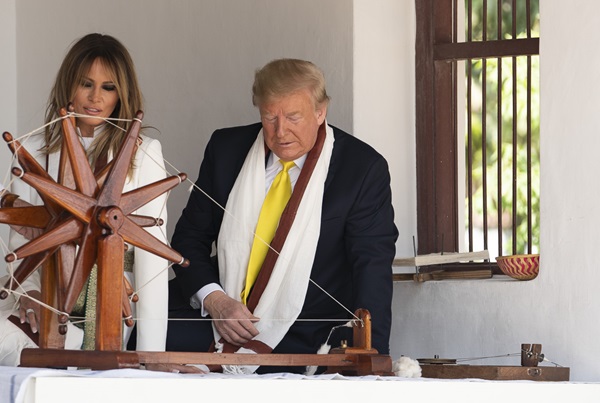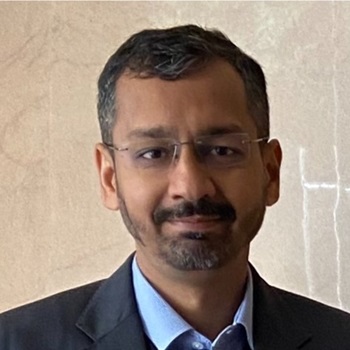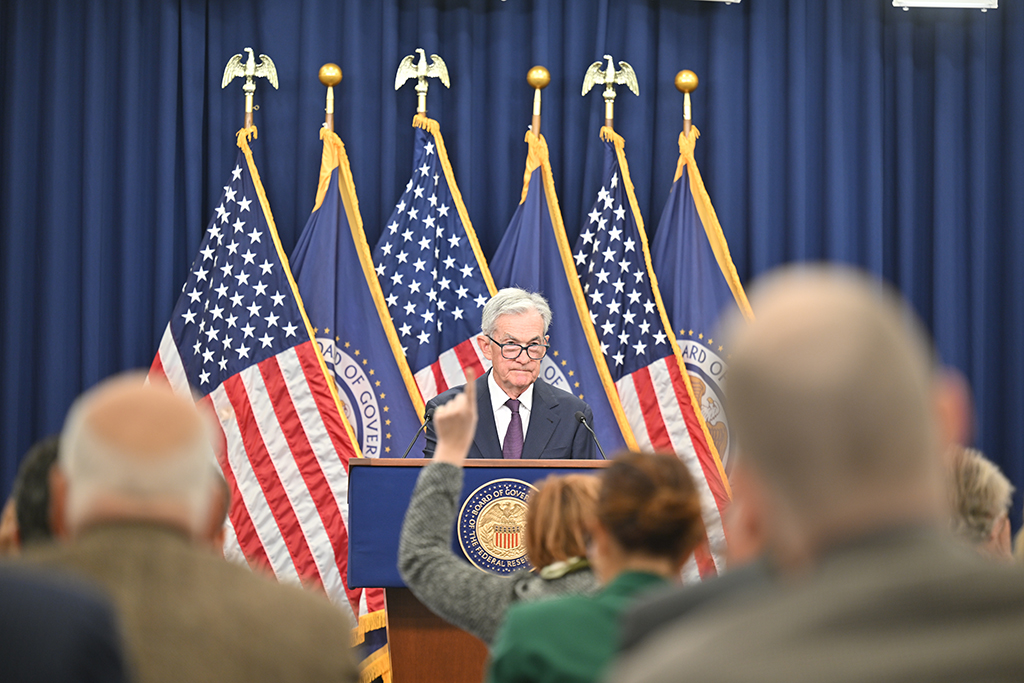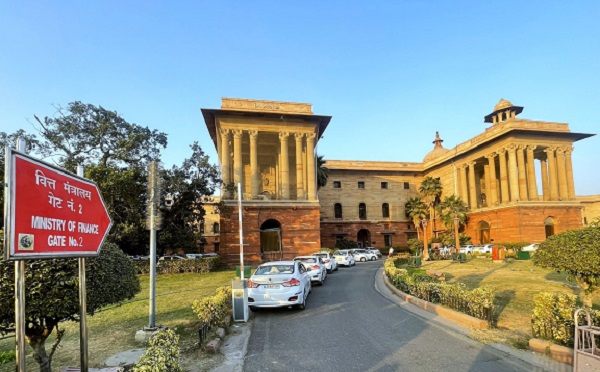.png)
If Only Tweets Can Bring Peace With Permanence
Donald Trump may rush to take credit for ceasefire theatrics, but the US’ decades-long complicity in funding and legitimising Pakistan’s terror machinery cannot be airbrushed with a tweet. .

May 12, 2025 at 7:40 AM IST
Ceasefire declarations, especially those brokered with flair, have always carried the scent of self-congratulation. This time was no different. In the latest round of hostilities-turned-headlines between India and Pakistan, a ceasefire announcement was swiftly followed by American President Donald Trump claiming credit for a diplomatic breakthrough, as though conflict resolution were a stage act and he, its centrepiece.
Comedian Atul Khatri recently quipped that one of the main conditions of the ceasefire between India and Pakistan was that Donald Trump would be the first to tweet about it. “The joy which uncles get when they put a breaking news first on the chat group is unparalleled,” he added.
As light-hearted as it seems, the observation nails something fundamental: the optics-first, substance-later style of global power politics, where photo-ops and press releases often substitute for principle. Trump’s swift and triumphant messaging around brokering the ceasefire was symptomatic of a broader problem—one where Washington seeks applause for momentary mediation, if it is indeed the case, while conveniently ignoring its decades-long complicity in sustaining the very conditions that make such mediation necessary.
In truth, Trump operated less like a statesman and more like a broker—positioning himself as a middleman who offered a deal to both sides, while collecting political goodwill and international posturing rights as his fee. A self-styled dealmaker, he stepped in not as a neutral arbiter of peace, but as a showman trading in global imagery, hoping perhaps that another feather in his diplomatic cap might set him on the path to a Nobel Peace Prize—or, in his mind, an even loftier role in the global theatre. If only he applied similar energy to resolving Russia–Ukraine, he might yet lobby for papal influence.
Reality, as always, is far messier. Shortly after the ceasefire pact was publicised, multiple violations were reported across the western front—along the LoC and international border in Jammu & Kashmir, Punjab, Rajasthan, and Gujarat. Drone intrusions resumed. Surveillance grids lit up. India’s security establishment had little doubt about what was unfolding: a replay of the same old Pakistan playbook—extend one hand for peace while preparing the other for mischief. This pattern of claiming peace and simultaneously abetting terror is not an anomaly—it’s the architecture of Pakistan’s cross-border strategy.
Trusting Pakistan on peace has always been a difficult proposition. For decades, it has used dialogue as a tactical pause—time bought not for transformation, but for regrouping its proxy networks. Be it during Kargil or subsequent ceasefire regimes, the pattern has been consistent: diplomatic overtures from Islamabad’s civilian front are quickly undermined by the deeper state—the military-intelligence complex that remains the true power centre. Ceasefires are not peace deals; they are intervals between provocations. And with each new announcement, India must brace for yet another cycle of betrayal.
This latest cycle, too, reveals how international actors conveniently divorce performance from principle. In 2023, investigative reporting by The Intercept exposed covert arms transactions routed through Pakistan to support U.S. military operations in Ukraine—coinciding, not incidentally, with renewed IMF disbursements. A year earlier, in 2022, the US was reportedly engaged in diplomatic efforts that contributed to the ousting of Pakistan’s elected Prime Minister over his neutral stance on the Russia–Ukraine conflict.
These episodes highlight a persistent and uncomfortable truth: Washington’s strategic imperatives often override democratic accountability. When the US speaks of a rules-based order, it is frequently about whose rules and whose order—not about universal principles.
The Pakistani military, deeply entrenched as a parallel power centre, continues to operate as a state within a state—controlling national narratives, suppressing dissent, and directing resources toward strategic ends, including asymmetric aggression toward India. Despite multiple provocations, India has responded with restraint—targeting terror-linked infrastructure and enablers with surgical precision. Yet patience is not infinite. Every violation narrows the space for diplomacy. Strategic forbearance should not be mistaken for strategic inertia.
The broader problem lies in the international ecosystem that enables such behaviour. The US–Pakistan relationship has always been transactional. From the Cold War to the post-9/11 period, from Afghanistan to the China containment strategy, Pakistan has been a utility player in America’s power game—used, funded, and occasionally reprimanded, but rarely held accountable. Trump’s latest “brokerage” of peace is yet another example of strategic instrumentalism dressed as diplomacy.
Add to this China’s growing patronage of Pakistan through the China–Pakistan Economic Corridor, and the picture sharpens. Beijing has shielded Pakistan diplomatically and economically, viewing it as a cornerstone of its South Asian strategy and Indian Ocean calculus. For India, this triangular power play—US propping up Pakistan for influence; China bolstering it to counterbalance India—creates an environment where true peace is always subordinated to geopolitical convenience.
So, we are left with the theatre of diplomacy without its substance. Pakistan plays its old script. America wants to control the narrative. China bankrolls the status quo. And in the middle stands India—demanding neither favours nor fear, but simply an end to cross-border terrorism. The world speaks often of peace, but rarely of accountability. It celebrates ceasefires but ignores the violations that follow. It applauds brokers, while ignoring that they too may have blood on their cheque books.
It is time to stop mistaking photo-ops for peace architecture. The only meaningful ceasefire is one followed by cessation—not just of gunfire, but of infiltration, radicalisation, and state-sponsored duplicity. Until then, every “ceasefire” is simply a tactical pause in a long war of attrition. And no amount of tweets can turn that into triumph.




